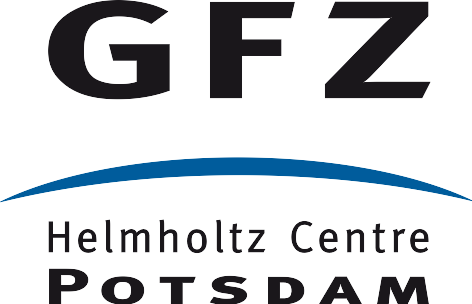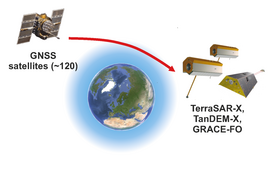GNSS Infrastructure and Analysis
High-accurate satellite navigation is the most important observation technique in geodesy und surveying. Providing observations and derived products for the satellite navigation systems GPS, GLONASS, Galileo, BeiDou, and QZSS is our main task.


![[Translate to English:] [Translate to English:] GNSS-Infrastruktur und Analyse](/fileadmin/_processed_/a/b/csm_gnss-infrastructure-and-analysis_2268198796.png)
![[Translate to English:] GNSS-Antenne](/fileadmin/_processed_/a/f/csm_antenne_real-time-GNSS_597d6861ff.jpeg)
![[Translate to English:] [Translate to English:] VLBI-Antenne](/fileadmin/_processed_/1/7/csm_VLBI_11_7_9a94513811.jpeg)
![[Translate to English:] [Translate to English:] astrogeodesy project](/fileadmin/_processed_/7/c/csm_Astrogeodesy-logo-v6-no-text_e7827638cf.png)
![[Translate to English:] GNSS Tomography](/fileadmin/_processed_/0/6/csm_GNSS-meteorologie_6b40cc2e5a.gif)

![[Translate to English:] GNSS reflectometry](/fileadmin/_processed_/e/4/csm_GNSS-reflektometrie_103a81c4b7.jpeg)